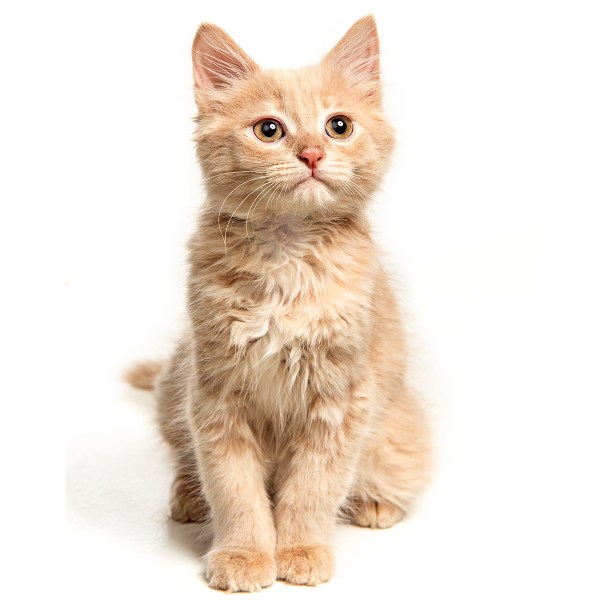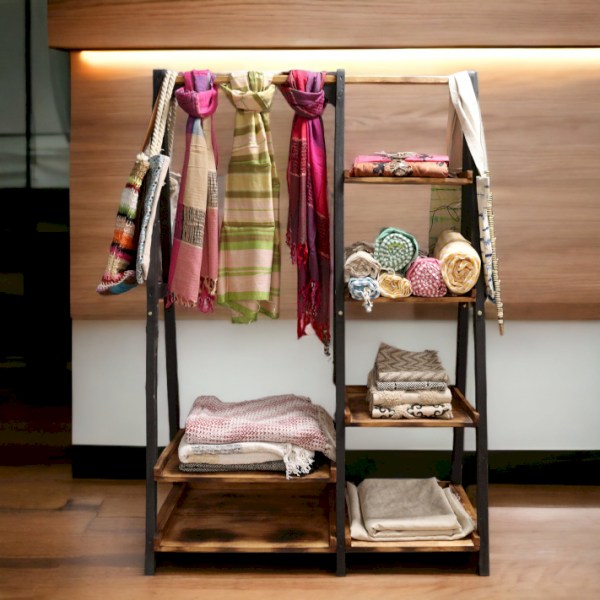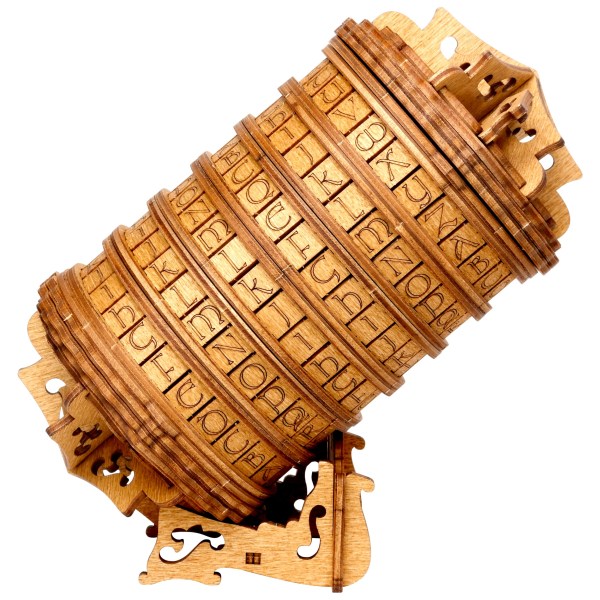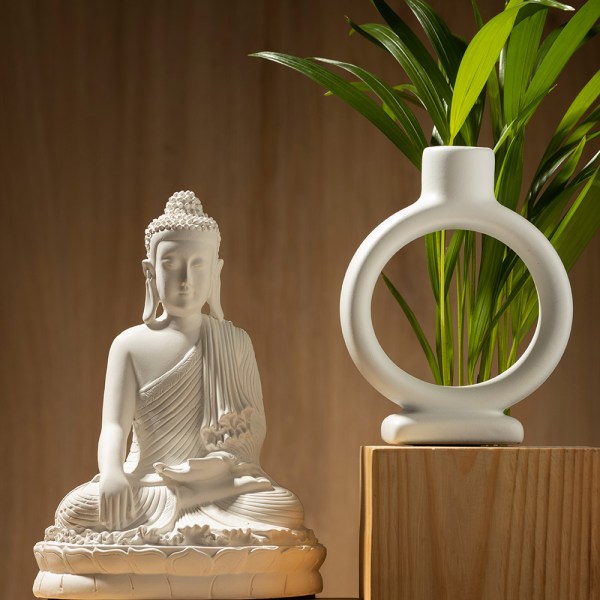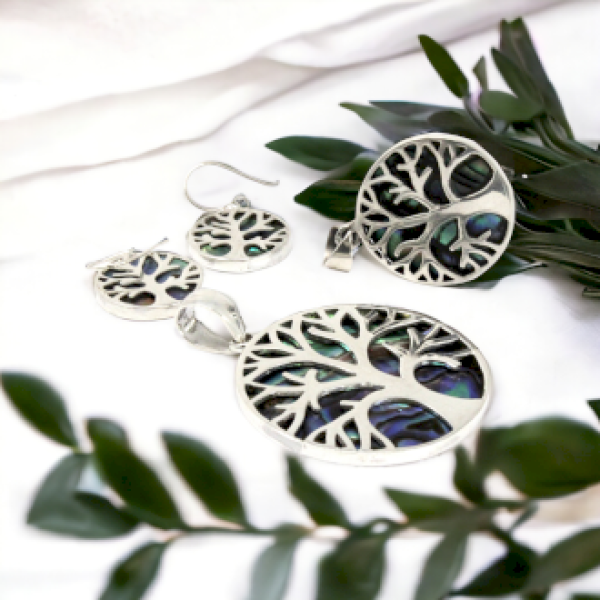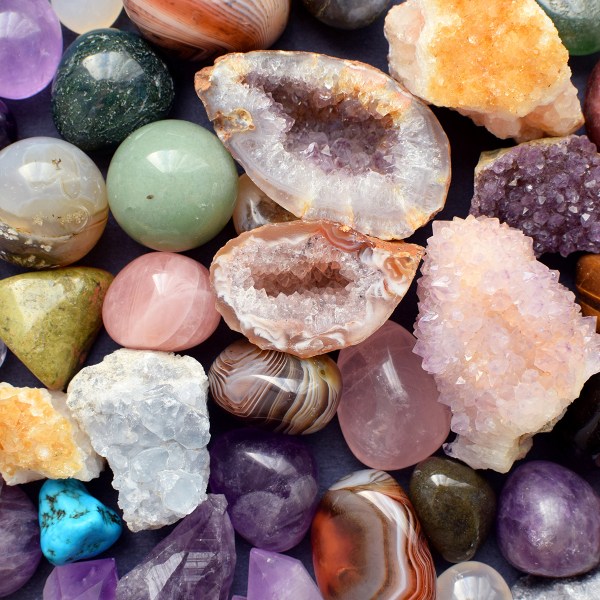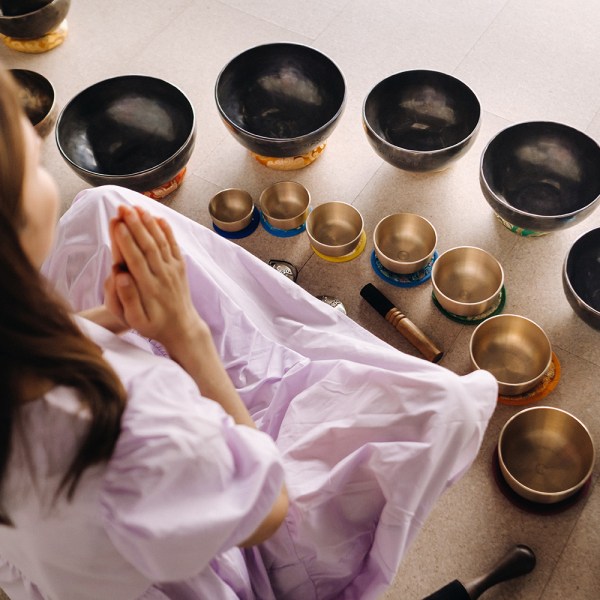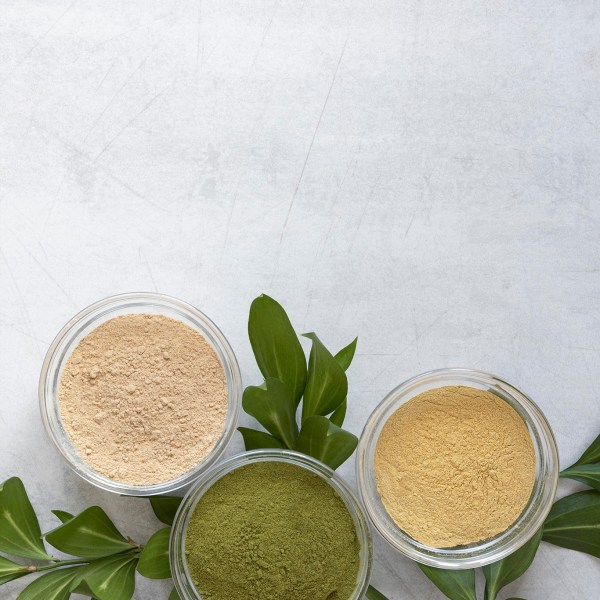Yes! 7-metal and 10-metal singing bowls do exist!

Recently, a topic of discussion has emerged about whether singing bowls made from multiple metals exist.
Introduction:
A recent article posted online claimed that such bowls do not exist, which was then promoted through a Facebook ad. Following the article’s release, many sound bowl therapists, teachers, shops, and retailers faced backlash from people who, after reading the article, believed they had become experts on the subject and started spreading the word that multi-metal singing bowls don't exist. These individuals engaged in aggressive debates wherever possible.
The purpose of this article is to provide evidence that there are indeed 7- and 10-metal singing bowls, and we can prove it. We aim to support the teachers, therapists, and stores who don’t have the time for this kind of thorough research and writing.
We intentionally won’t name the article or its author, as we don’t wish to tarnish anyone’s reputation. In my opinion, attacking others is not the best way to gain new customers.
We dug deep into this topic, contacting therapists (some who have been to India and Nepal), singing bowl makers, laboratories, engineers, and metallurgists. We also examined the methods used to determine the material composition of the bowls, concluding with a laboratory test that definitively proves the validity of our claims.
Claims made in the opposing article:
- "If you've been told or taught that your 'Tibetan' singing bowl is made from 7 or 12 types of precious metals, I have bad news for you. That’s a myth, and so is the claim that it’s Tibetan."
- "Unfortunately, in Hungary, there are many myths and mystical stories surrounding 'Tibetan' singing bowls. One of the most repeated myths is that the bowls are made from 7 or 12 different metals. Some even claim there are meteorite fragments in them."
- "These metals couldn’t even be properly mixed together."
- "I trust and hope that these teachers, motivated by good intentions, love, and the desire to help others, will stop spreading this nonsense. Hopefully, they’ll realize they’ve unknowingly found themselves in an awkward position and will quickly correct their inaccurate knowledge, thus progressing further in their journey. I believe this information will clarify the matter for them, and once they acknowledge their error, they will avoid further embarrassment by no longer teaching false, nonsensical information. This will also save them from uncomfortable situations in the future, such as when they encounter someone abroad who is better informed about the origins of singing bowls."
If that wasn't enough, the article’s author and their readers also left comments on our Facebook page defending the article’s claims. Interestingly, when we responded, the author deleted their comment. :)
We investigated the facts
We agree that many singing bowls labeled as Tibetan are actually from India and Nepal, and there are opportunistic merchants in the world (as in any industry) who embellish the origins of singing bowls to boost sales and provide incorrect information about their composition.
However, there are many credible sources. Many Masters, therapists, and retailers have traveled to Asia and observed how singing bowls are made in Nepal or India. Additionally, MEINL, one of Europe’s most renowned companies with deep roots, sells 7-metal singing bowls, showcasing the credibility of multi-metal bowls.
We delved into the truth to find out whether 7-metal or more-than-7-metal singing bowls exist and what methods are used to determine their composition.
On Material Composition:
Confusion may arise if one does not understand the difference between the blending and mixing of metals.
Blending
Occurs when two or more metals react chemically to form a new compound. In this case, the bonds between atoms change, and a new substance forms that differs from the original metals’ properties. A common example is alloys like bronze (copper and tin) or brass (copper and zinc).
Mixing
Happens when two or more metals are physically combined without reacting chemically. In this case, the original metals retain their chemical properties. The materials can mix in liquid form, but the molecular bonds remain largely unchanged.
A metal can contain both compounds and mixtures simultaneously, each with distinct physical and chemical properties that influence the metal’s behavior and applications.
Therefore, it is plausible that metals may coexist in Nepali singing bowls through physical mixing rather than blending.
Further useful reading on metal properties can be found in "Fundamentals of Materials Science".
Laser Material Analysis
For singing bowls, the following factors make this method less suitable:
The laser instrument performs localized analysis, meaning it only measures the specific point where the laser is aimed. The data provided reflects the composition of that tiny area alone.
Average laser material analysis devices penetrate between 1-100 micrometers per impulse, depending on the laser’s energy and the material’s properties.
To help visualize this depth:
10 micrometers equal 0.01 millimeters—approximately the diameter of a typical spider's web thread in good condition.
100 micrometers is 0.1 millimeters thick—similar to the blade of a grass leaf.
Another important factor:
The interpretation of data from advanced laser material analysis often requires expertise. Experts note that laypeople may struggle to make sense of the data.
The one potential advantage:
This method typically does not damage the material.
For these reasons, material science experts do not recommend home laser analysis for determining the material composition of Tibetan singing bowls.
(Just a side note: there are simple-to-use laser material analyzers often employed in metal scrap yards to quickly and efficiently sort metals. These devices can examine aluminum, magnesium alloys, ferrous metals, low-alloy steels, nickel alloys, and cobalt, copper, lead, tin, titanium, and zinc alloys.)
We contacted a company that sells laser metal analyzers and consulted with an engineer to understand how these tools work and their strengths and limitations.
The standout observation was that the device is not suitable for determining precious metals, such as gold content.
The device is primarily designed for sorting large quantities of scrap metal in recycling facilities. It enables quick and easy sorting of metals.
We also found that this tool is unsuitable for accurately analyzing a singing bowl’s metal composition.
Is it Tibetan, Nepali, or Indian?
While researching this article, we consulted several credible Masters and teachers to share their experiences and knowledge with us.
Here’s a particularly interesting testimony from Györgyi Szilágyi Zoltánné:
In India, I visited singing bowl shops (not workshops!) where Tibetan merchants sold singing bowls made in Nepal alongside Indian ones.
So, what should we call a singing bowl crafted by an Indian master in a Nepali workshop, with the workshop owner calling it Tibetan?
This isn’t fraud; we call it this because that’s the name it’s given.Nepali researchers say that the Tibetan label stuck because Tibetans controlled the singing bowl trade for a long time. So, the word refers not to the place of manufacture but to the merchants' origin.
Of course, if someone claims their singing bowl was made in Tibet, that’s a completely different issue.
Is Everyone Lying About 7-Metal Singing Bowls?
Just to mention a few major brands:
- Meinl
- Peter Hess
- ....
Could these major companies have been deceiving their customers from the start? We all know the value of German precision, and it's unimaginable that these companies have lied to thousands of therapists and tens of thousands of customers since the beginning...
Laboratory Test Proving the 10 Metals in a Singing Bowl
The report shown in the image below proves that a handmade Nepali singing bowl indeed contains not only 7 but 10 metals!
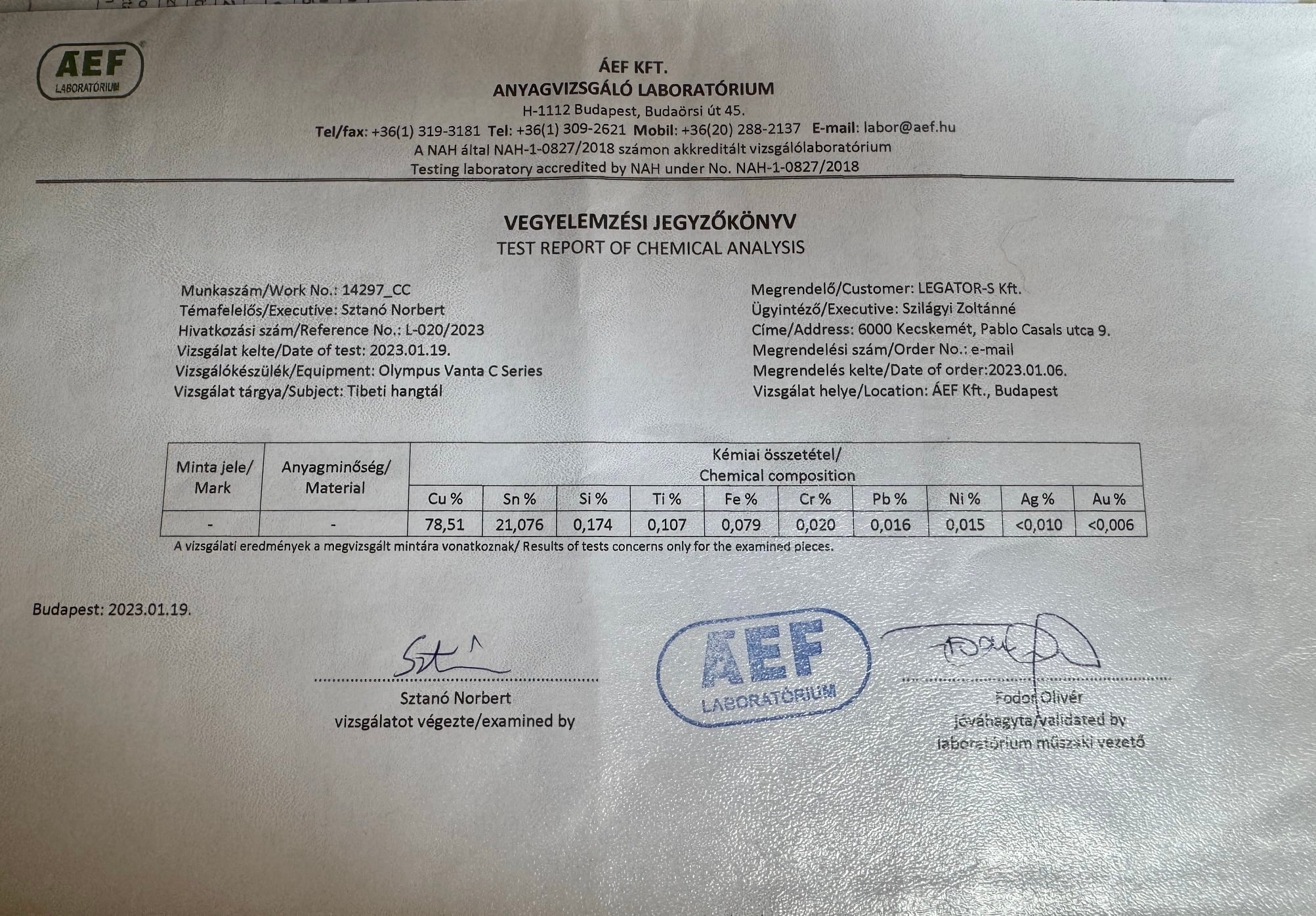
The bowl tested belongs to Györgyi Szilágyi Zoltánné, brought from Nepal.
The test was conducted by ÁEF Kft. Material Testing Laboratory on 2023.01.06.
This evidence is irrefutable.
Györgyi Szilágyi Zoltánné’s company has been dealing with instruments since 1978.Györgyi herself visited the workshop where her singing bowls are made, and she wanted to be 100% sure of their authenticity so she could pass on accurate information. She holds professional qualifications in sound therapy and music therapy from Germany, America, China, Nepal, and India. Her visit to India was not just a one-day trip but a dedicated stay where she earned her credentials as a sound and music therapist in India. She is an exceptionally credible authority on this subject in Hungary. Her website: https://rezgesterapia.hu/
What Does It Mean if a Noble Metal Is Present in a Bowl, Even in Small Percentages?
Each metal has a different melting point, but they’re all still metals.
For example, in a 7-metal singing bowl, gold may be present in a very small amount. You shouldn't imagine a 7-metal singing bowl as having chunks of gold or silver spoons mixed in. This can be inferred from the price of the bowl.
Why Is a 7-Metal Singing Bowl Still Good…?
...and what benefit is there if such small amounts of, say, gold are present?
Here, the quantity isn’t important but the information itself. To understand this, we’ll briefly discuss homeopathy.
How Does Homeopathy Work?
The following section is sourced from Thorwald Dethlefsen's book "Fate as Opportunity".
The Basics of Homeopathy: Potentization and Informational Therapy
Homeopathy is a unique healing method associated with Samuel Hahnemann. Throughout the centuries, it has been a controversial topic but remains popular among its practitioners and believers today. This section will outline the essence of homeopathy, focusing on the process of potentization and the theory of informational therapy.
The Significance of 7-Metal Singing Bowls
There are indeed singing bowls that contain 7 and even 10 metals, and those teachers who claim their existence are not becoming a laughingstock.
The author of the article, who made many false claims and stated that 7-metal bowls do not exist, even promoting it through Facebook ads, should consider themselves lucky not to have been sued for defamation.
"Those who ignorance has crucified on the cross of cause and effect can only be freed when they find knowledge in love. And only love can end the eternal dance of rebirths."
- Hans Sterneder: The Song of Eternity
We thank the Masters, Teachers, Engineers, and Experts who contributed their expertise to this article.
If you feel this article is credible, please share it to spread the information to as many people as possible.
Thank you!
Article published on: 2024.08.09
Article compiled by: Richárd Puszta






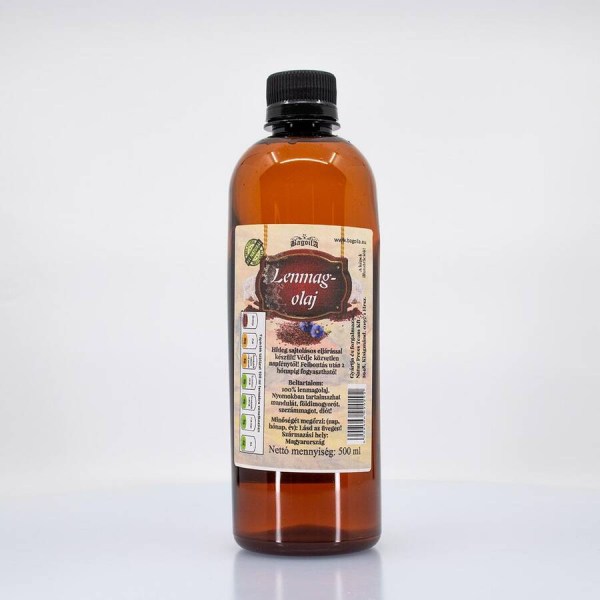
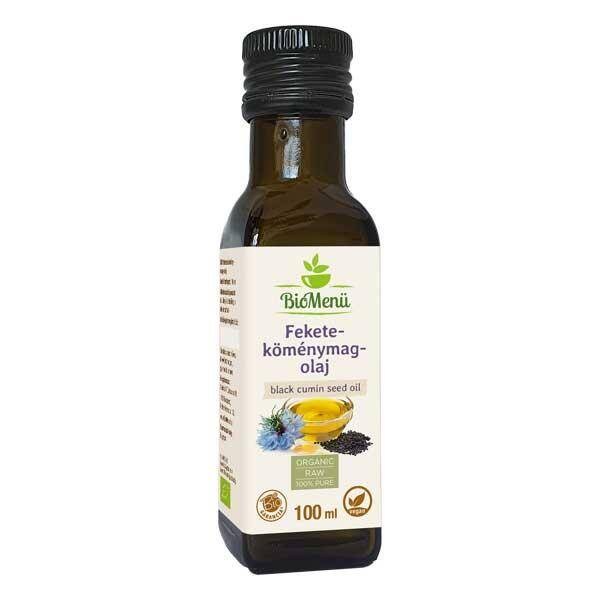





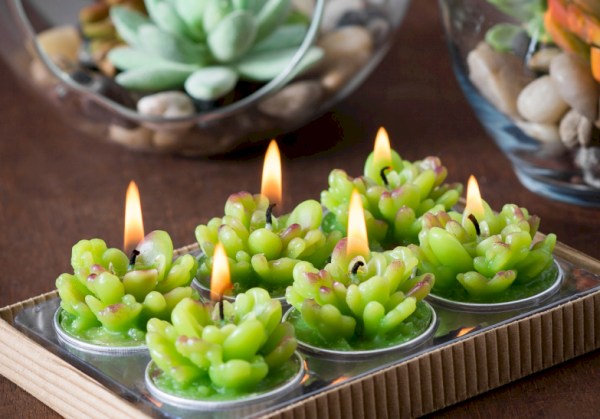
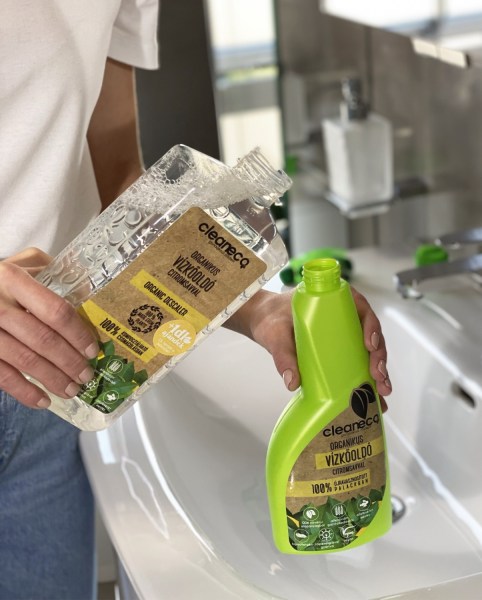
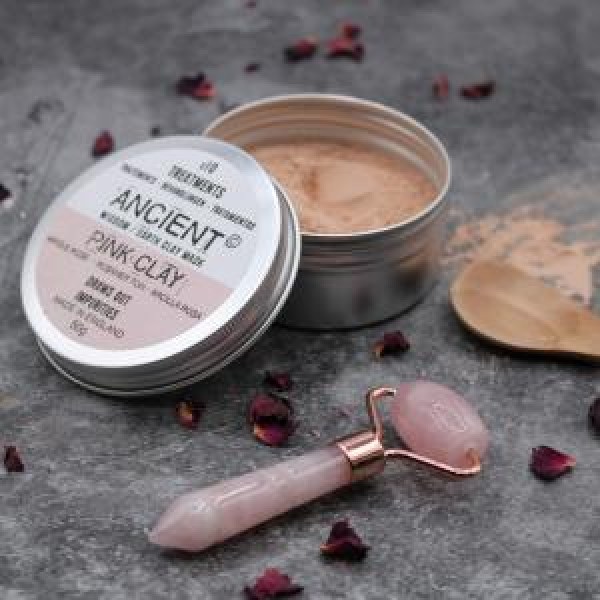
_600x600.jpg)

